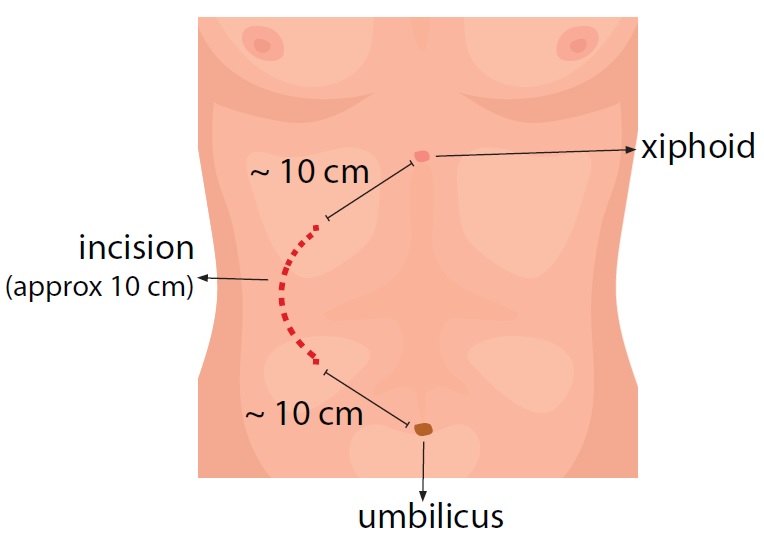The New Crescentic Incision: A Good Option for Donor Nephrectomy
Mehmet Haberal1, Mahir Kirnap1, Aydincan Akdur1, Ebru H. Ayvazoglu Soy1, Sedat Yildirim1, Gokhan Moray1, Zeynep Kayhan2, Adnan Torgay2.
1Transplantation, Baskent University, Ankara, Turkey; 2Anesthesiology, Baskent University, Ankara, Turkey
Introduction: Living kidney donation helps to avoid or reduce the time period of dialysis and time spent on waiting lists for patients requiring a new organ. The classic open donor nephrectomy (CODN) is uncomfortable for both the patient and the surgeon, which results in longer surgical time. For this reason, we decided to try an alternative incision method, and found that the Crescentic incision, described herein, to be more effective and less invasive than the CODN. Our aim was to compare the outcomes and quality of life of donors following the traditional flank incision and new crescentic incision in fifteen CODN.
Materials and Methods: The crescentic incision technique allows the donor to lie straight on their backs, with only a slight turn to one side to allow for the incision. The incision begins 2 cm subcostal approximately 10 cm from the xiphoid and forms a 10 cm curve moving out towards the lateral and then back towards the midsection, ending 10 cm from the umbilicus. We prospectively analyzed 15 consecutive donors that received crescentic incision nephrectomy versus fifteen CODN in our center. Surgical time, warm ischemia time, intraoperative complications, time until hospital discharge, quality of life, presence of infection, bleeding, the need for a second operation, and death were analyzed.
We prospectively analyzed 15 consecutive donors that received crescentic incision nephrectomy versus fifteen CODN in our center. Surgical time, warm ischemia time, intraoperative complications, time until hospital discharge, quality of life, presence of infection, bleeding, the need for a second operation, and death were analyzed.
Results: The mean operative time for crescentic incision donor nephrectomy, 53.9 min (range, 40-75 min), was significantly shorter than the 93.7 min (range, 75-140 min) for CODN. There was no significant difference in the pain scores, warm ischemia time, intraoperative complications, time until hospital discharge, presence of infection graft function, or quality of life between the two groups. This incision increased the patient's comfort and the ability of the surgeon to manipulate during surgery.
Conclusion: The use of the new crescentic incision is both safe and similar to conventional techniques previously described in the literature. However, this incision increased the comfort of the patient, the surgeon, and the anesthesiologist during surgery and resulted in shorter surgery time.
